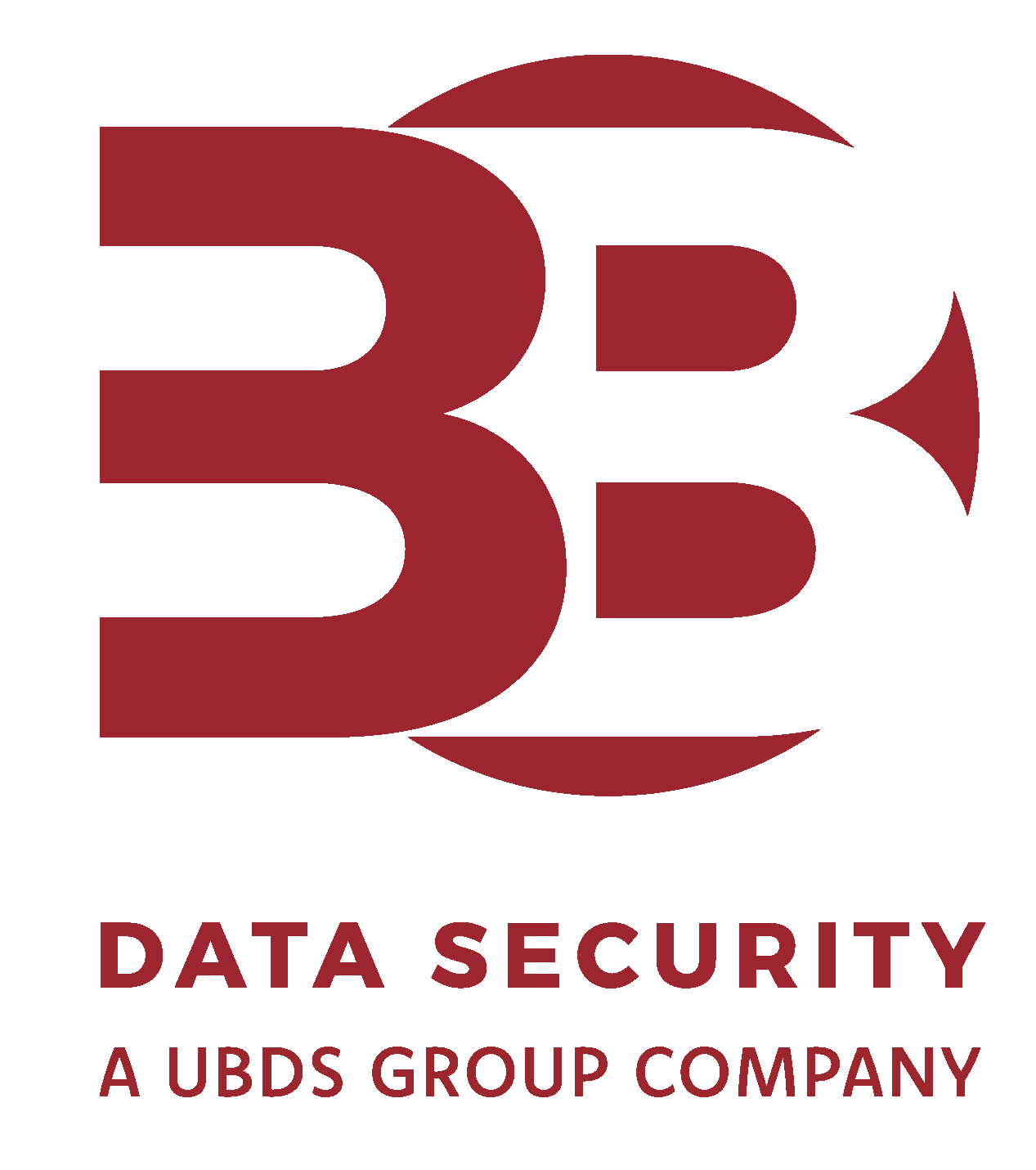The Microsoft 365 Suite is currently used by 345 million people across the globe. Organisations that use the suite tend to integrate it into every aspect of their work, using it to store and share the majority of their data. But holding so much information within one suite makes Microsoft 365 a prime target for cybercriminals.
So, what are some of the most common security risks associated with Microsoft 365?
Phishing Attacks
Last year, Microsoft blocked more than 37 billion email threats. Although Microsoft 365 has an email protection feature that can detect malicious emails, it can only go so far. In order to breach these defences, cybercriminals are tailoring their attacks to bypass Microsoft’s security measures. Recent research found that 18.8% of phishing emails bypassed Microsoft Exchange Online Protection (EOP) and Defender.
Installing email gateways can help detect the malicious emails that do make their way past Microsoft’s defences, giving your organisation an extra layer of protection.
In the event that a phishing email does get past both of these defences, you need to make sure your workforce knows how to detect and respond to these malicious emails. Regular staff awareness training should be carried out to ensure that they remain vigilant, know how to spot a threat, and keep them up to date with the latest tactics cybercriminals are using.
Malware and Ransomware
Malware is a common threat to Microsoft 365 users. This malicious software can infect systems through email attachments, links, or downloads. It can also be used to steal data, spy on users, and launch attacks on other systems.
One of the most popular forms of malware that cybercriminals target users with is Ransomware. According to a recent report, 25% of IT professionals either don’t know or don’t think that Microsoft 365 data can be impacted by a ransomware attack.
To protect your organisation from these threats, it’s important to implement anti-malware software, keep software up-to-date, and educate employees on how to detect and avoid an attack.
Microsoft’s Digital Defence Report found that organisations that suffered ransomware attacks had significant gaps in their security operations. In fact:
– 92% of impacted organisations didn’t implement effective data loss prevention controls to mitigate ransomware risks, leading to critical data loss.
– 60% of organisations reported no use of an EDR6 tool, a fundamental technology for detection and response.
– 68% of impacted organisations didn’t have an effective vulnerability and patch management process.
Data Breaches
Data breaches are a significant security risk for any organisation that uses Microsoft 365. Most companies store and share sensitive data on the system, such as financial information, customer data, and confidential business information.
With Sharepoint, OneDrive, Outlook and Teams, the Microsoft suite is designed to streamline data sharing, but it also means data can be shared with unauthorised individuals, intentionally or not.
To prevent breaches in Microsoft 365, employees should be using strong passwords and two-factor authentication to keep their accounts secure. They should also receive regular staff awareness training on data security best practice.
Organisations should look to implement security tools and services such as threat detection and response tools, to help prevent and respond to any breaches, and detect any suspicious behaviour.
Insider Threats
Insider threats are a significant security risk for organisations that uses Microsoft 365, as employees can potentially have access to a vast amount of sensitive data.
A malicious insider could intentionally leak or steal this data, or compromise your systems, whereas a negligent insider could accidentally expose sensitive information through carelessness or lack of staff awareness training. You also run the risk of your staff having their credentials stolen, inadvertently allowing unauthorised access to your data and systems.
Insider threats can be challenging to prevent in Microsoft 365, as these environments involve a high degree of collaboration and data sharing. They can also be difficult to detect as the insiders themselves may have authorised access to the data they are seeking to steal or compromise.
Organisations should look to implement access controls, user monitoring and staff awareness training to manage the risk an insider threat brings to your 365 systems.
Adopting the least privilege security concept, where employees only have the minimum levels of access needed to perform in their roles, can also help limit the damage an insider threat can cause.
Secure Your Microsoft 365 Systems
Consideration and knowledge of the security features and hardening configurations of Microsoft 365 is often overlooked or simply assumed to be there by default. Once the system is up and running, it is often ignored until an incident occurs.
At 3B Data Security, our team have investigated and implemented Microsoft 365 for a number of years, and have spent a lot of time helping our clients secure and lock down its functions, improving the default security posture of their 365 system.
As part of our Microsoft 365 Security Services, we run a security gap analysis of the setup, configurations, functions, and features in use with our client’s 365 system. We then provide guidance, recommendations and feedback for improvements, highlighting any risks and unused features that can help improve the security, governance, or system hardening and management of the devices and system usage.
Get in touch today to find out how we can help secure your Microsoft 365 systems.







